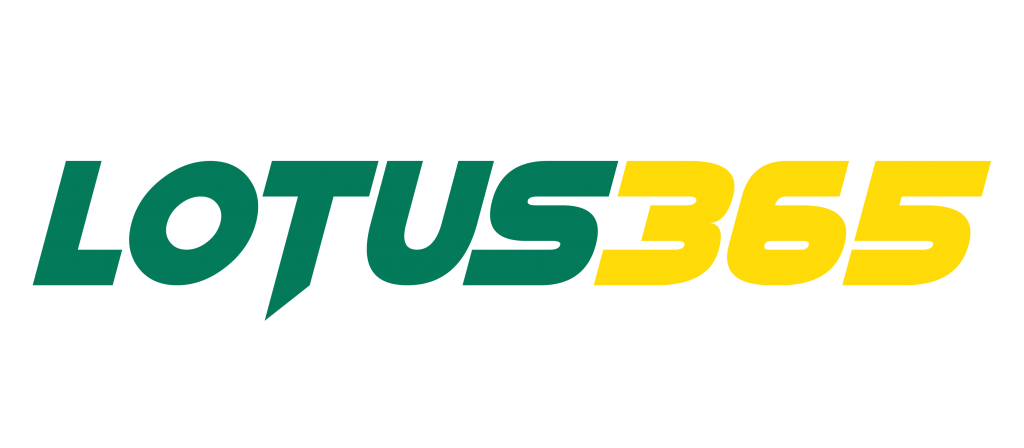Lotus 365: 5 Fun Facts You Didn't Know
What is Lotus 365?
For many, the name “Lotus 365” might evoke a sense of nostalgia, or perhaps be entirely unfamiliar. Originally known as Lotus 1-2-3, this software was a groundbreaking spreadsheet program that dominated the personal computer world in the 1980s and early 1990s. While it’s no longer the ubiquitous application it once was, its influence on modern spreadsheet software is undeniable. Understanding its history offers a fascinating look into the evolution of computing. Many users today enjoy platforms like Lotus 365 for its continued accessibility and unique features.
Why Lotus 365 Remains Relevant Today
Despite being overshadowed by Microsoft Excel, Lotus 365 hasn't completely faded away. Its simplicity and efficiency still appeal to those seeking a straightforward spreadsheet experience. It’s often utilized in educational settings to demonstrate the fundamental principles of spreadsheet software without the complexities of more modern programs. Furthermore, a dedicated community continues to explore and even develop enhancements for the platform, keeping the spirit of innovation alive. For some, my Lotus 365 is a cherished tool harking back to simpler times in computing.
Setting the Stage: Beyond Spreadsheets – Unexpected History
Before the world of interconnected spreadsheets, there was a company with humble beginnings and a vision. The story of Lotus 1-2-3 isn’t just about calculations and formulas; it’s a tale of innovation, competition, and ultimately, a lesson in market adaptation. The software’s impact extended far beyond simple number crunching, influencing the very design of how we interact with data today, and even influencing platforms following major sports events like tracking ipl standings 2024.
The Origins – It Wasn’t Always “Lotus”
From Duck Mountain Software to Lotus Development Corporation
The journey began not with “Lotus,” but with “Duck Mountain Software,” founded in 1980 by Mitch Kapor. Initially focused on database software, Kapor quickly realized the potential of a spreadsheet program after recognizing the limitations of existing offerings. The company was soon renamed Lotus Development Corporation, a name chosen for its evocative imagery.
The Significance of the Name Lotus – The Inspiration
The name Lotus wasn't chosen arbitrarily. Mitch Kapor was a practicing Buddhist and was drawn to the lotus flower’s symbolism of purity, enlightenment, and growth – qualities he hoped the software would embody. This reflects a unique origin story for a piece of software that would become so deeply ingrained in the business world.
Early Innovations: Challenging VisiCalc’s Dominance
VisiCalc was the first spreadsheet program and held a near monopoly on the market. Lotus 1-2-3 emerged as a direct competitor, offering several key advantages, including faster calculations, more memory, and integrated charting capabilities. This marked the beginning of the spreadsheet wars.
The Lotus 1-2-3 Secret Weapon – Macros & GPL
Introduction to Macros: Automation Beyond Basic Calculations
One of the most powerful features of Lotus 1-2-3 was its macro language. Macros allowed users to automate repetitive tasks, significantly increasing efficiency and opening up possibilities for complex calculations and data manipulation. This ability to customize and extend the software’s functionality was a major draw for power users. Imagine tracking player stats in ipl standings 2024 with a customized macro!
GPL & its impact on Lotus 1-2-3’s capabilities.
Lotus 1-2-3 was one of the first applications to take full advantage of the IBM PC's General Protection Layer (GPL). This allowed it to access more memory and perform more complex operations, giving it a significant performance advantage over its competitors.
How Macros Enabled Power Users and Business-Specific Solutions
The macro functionality wasn't just about speed; it enabled users to tailor Lotus 1-2-3 to their specific needs. Businesses created custom solutions for inventory management, financial modeling, and a wide range of other applications, turning the spreadsheet into a versatile business tool. The possibilities were endless, and with lotus 365 fun users discovered new applications constantly.

The Spreadsheet Wars – Lotus vs. Excel
A Fierce Competition: Lotus 1-2-3 as the Early Market Leader
Throughout the 1980s, Lotus 1-2-3 reigned supreme as the spreadsheet of choice for businesses and individuals alike. Its speed, power, and innovative features made it the industry standard. It was a critical tool for tracking everything from finances to complex data analysis.
Microsoft's Bundle Strategy – Challenging Lotus's Position
Microsoft entered the spreadsheet market with Excel, but initially struggled to gain traction. However, Microsoft cleverly bundled Excel with Windows, making it the default spreadsheet program for a rapidly growing operating system. This strategic move proved to be a turning point.
Lotus’s Response – A Case Study in Market Adaptation
Lotus was slow to adapt to the changing landscape. They initially dismissed Windows as a serious threat and focused on developing versions of Lotus 1-2-3 for other platforms. This reluctance to embrace the dominant platform ultimately led to the decline of Lotus 1-2-3’s market share.

Beyond the Spreadsheet - Integrated Functionality & Early Database Features
The 1-2-3 in Lotus 1-2-3 – Database & Graphics Capabilities
The name Lotus 1-2-3 wasn't just a catchy moniker. It represented the three core functionalities of the software: spreadsheet calculations, database management, and graphics charting. This integrated approach was revolutionary for its time.
Expanding Beyond Calculation: Graphing and Data Analysis Tools
Lotus 1-2-3 provided users with powerful tools for creating charts and graphs, allowing them to visualize their data and identify trends. These features went beyond simple calculations, transforming the software into a comprehensive data analysis tool.
Foreshadowing Modern Integrated Business Suites
The integrated nature of Lotus 1-2-3 foreshadowed the development of modern integrated business suites like Microsoft Office, which combine spreadsheet, word processing, and database management capabilities into a single package.
Lotus’s Influence on Modern Spreadsheet Design
Menu-Driven Interface & its influence on future software
Lotus 1-2-3 popularized the menu-driven interface, making spreadsheet software more accessible to a wider audience. This design principle became a standard in many subsequent applications.
The Legacy of Keyboard Shortcuts – Productivity Features We Take for Granted
The software also introduced many keyboard shortcuts that are still used in spreadsheet programs today, enhancing productivity and streamlining common tasks. These shortcuts, often taken for granted, are a direct legacy of Lotus 1-2-3.
Lessons Learned: How Lotus 1-2-3 shaped the spreadsheet landscape.
The story of Lotus 1-2-3 serves as a cautionary tale about the importance of adapting to market changes and embracing new technologies. It also highlights the enduring power of innovation and the lasting impact of a well-designed software application. Even today, following the performance of players like mohammed shami ipl 2024 could be easily tracked using spreadsheet software inspired by Lotus 1-2-3.
Lotus 365: A Pioneer Worth Remembering
Lotus 365, in its original form and its continuing iterations, remains a pivotal moment in the history of personal computing. Its influence can still be seen in the spreadsheet programs we use today. It wasn't just about the calculations; it was about empowering users and unlocking the potential of data.
Resources for Further Exploration
For those interested in learning more about the history of Lotus 1-2-3, several online resources are available, including articles on Wikipedia and dedicated retro computing websites.
Brief mention of Lotus Symphony and current IBM offerings linking back to Lotus heritage.
While Lotus 1-2-3 eventually lost its dominance, the Lotus brand lives on through IBM’s Lotus Symphony, a free and open-source office suite. This demonstrates a continued commitment to the legacy of innovation established by the original Lotus Development Corporation, ensuring that the spirit of lotus 365 fun and powerful data management continues.


